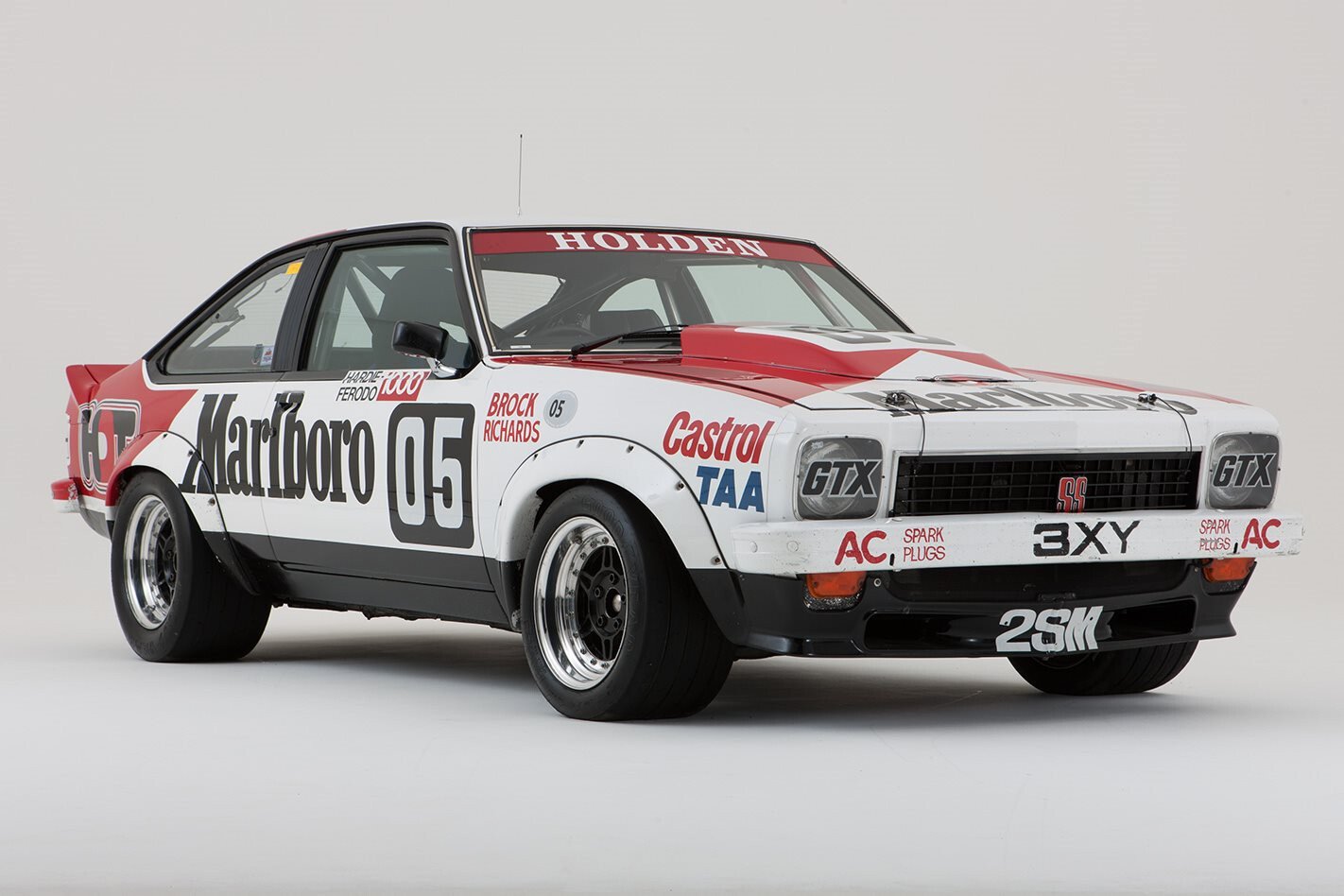Peter Brock repeatedly claimed it was the greatest race car of his 40-year career.
This story first published in MOTOR Magazine March 2009.
It won three championships in three years, was on pole position at all of its Bathurst outings and scored two Bathurst wins – the latter by a never-to-be-repeated margin. It is the epitome of late-1970s Australian muscle-car performance and simply destroyed its opposition in the hands of Brock, Jim Richards and John Harvey at HDT, or privateers Bob Morris and Allan Grice.
If you know Aussie cars – and even if you don’t – then you’ll know of the Torana A9X. The A9X was the Torana’s finest performance evolution and the last homologation special. It was a specially-built version of the LX Torana SL/R 5000 sedan and SS 5.0 hatch, effectively an update of the dual-Bathurst winning L34 LH Torana sedan.

The first race version, the L34, was developed for competition with roller rockers, a larger exhaust system, bigger brakes (from the Kingswood), uprated suspension, flat-top pistons, larger valves, modified porting, and a lightened flywheel.
The 308’s standard Rochester Quadrajet four-barrel carburettor was binned in favour of a larger 780cfm Holley, and visually, the L34 copped bolt-on flares to enable fitment of wider race wheels. More fibreglass appeared in the shape of a reverse bonnet scoop, designed to push air into the fat Holley from the windscreen pressure zone.
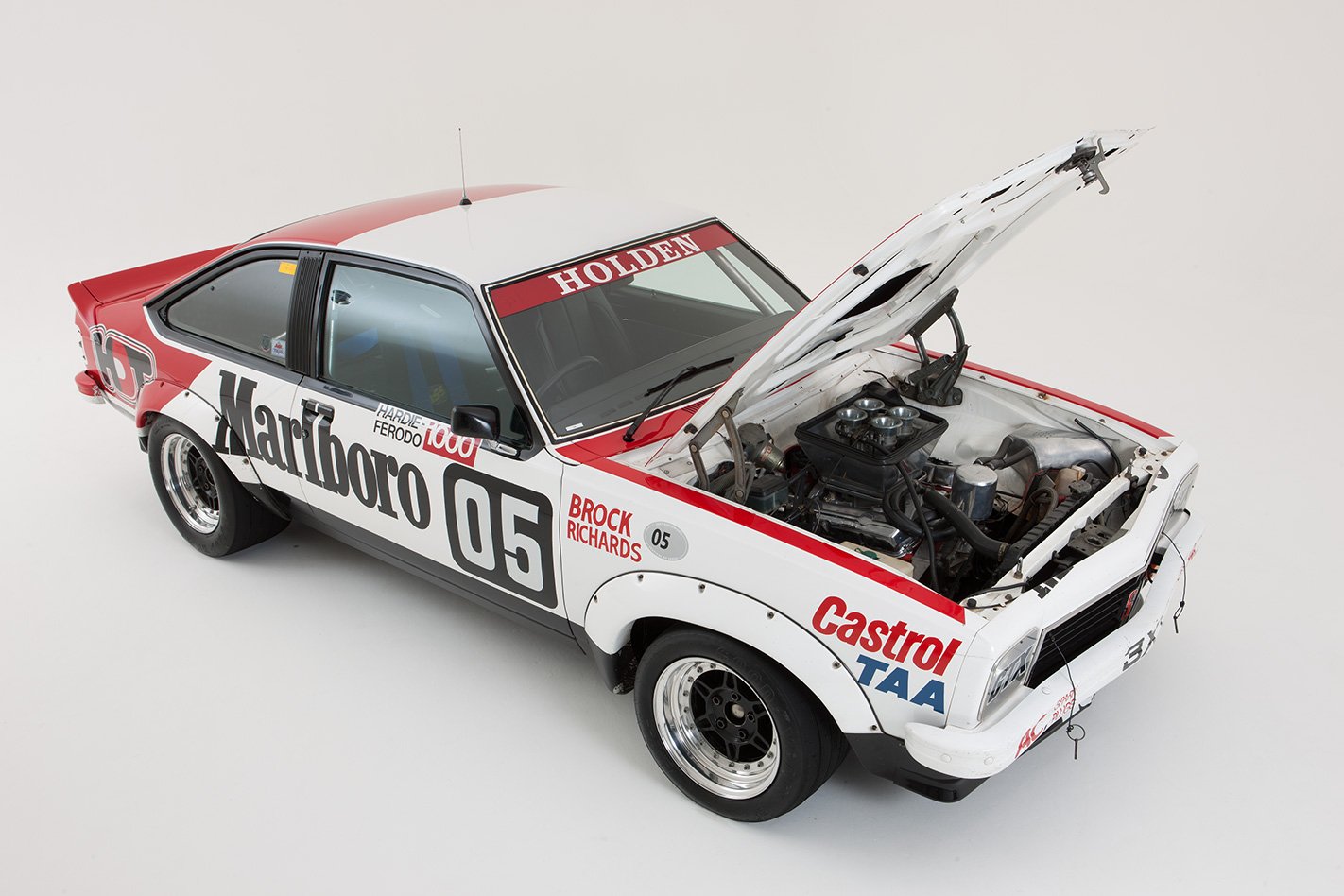
The Morris/Fitzpatrick L34 then managed to limp over the line in an emotional victory at Bathurst in ’76. A facelifted LX Torana arrived the same year, and introduced the Torana Hatch.
The new hatchback range spanned a six-cylinder base-model through to a V8-powered SS, which in 5.0-litre form, was the equivalent of the SL/R 5000 sedan. But the major improvement over the LH came with the introduction of Radial Tuned Suspension (RTS) across the LX range in mid-77.
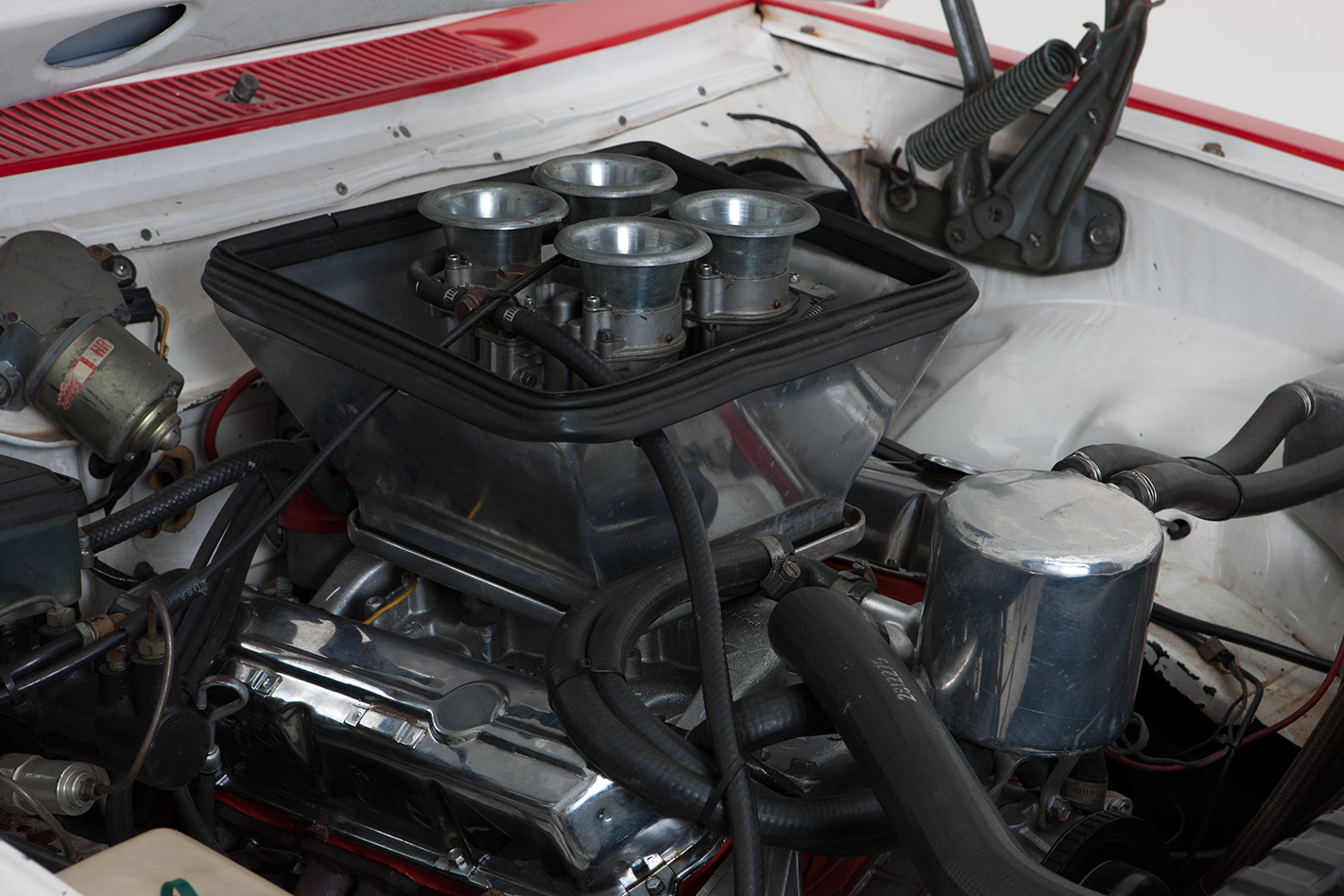
This made the RTS-equipped LX a massive step ahead of the LH in terms of handling dynamics. And it meant that the A9X could be a far superior track warrior – and a better road car – than the L34 LH. The previous L34’s weaknesses on the track centred around its braking system and differential.
And while the LX SL/Rs still used rear drum brakes, the A9X wore four-wheel discs. The race cars featured a stronger rear axle with a 2.60:1 Detroit Locker (the road-going A9Xs used a Salisbury LSD with the same ratio).
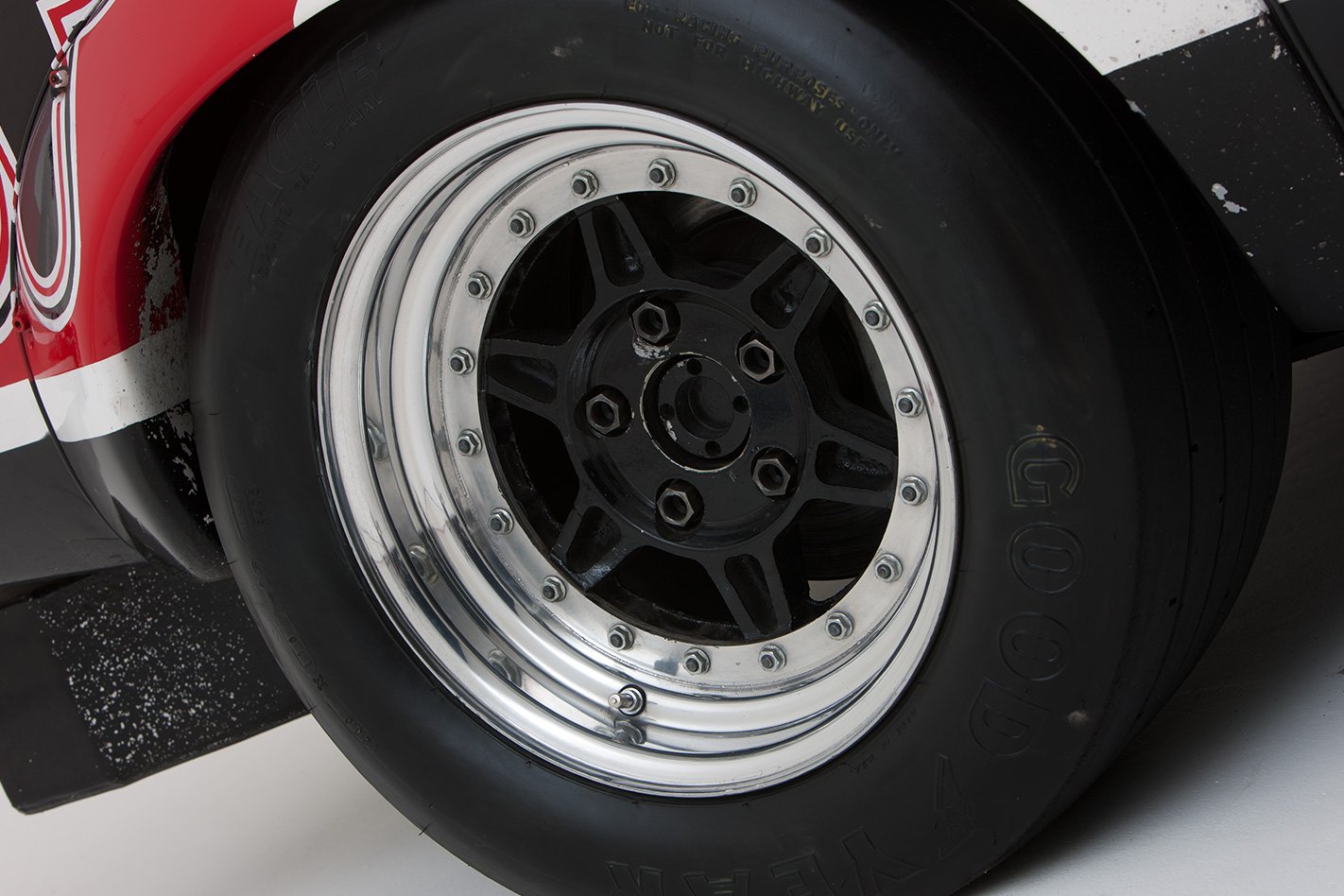
But it was these relatively minor changes that built on the L34’s success to make the A9X the ultimate combination of braking, power and reliability for local touring-car competition. Strictly speaking, the A9X was not a model, but an option code available on the LX SL/R 5000 (sedan) and SS 5.0 (hatchback), with 500 required to be built for racing homologation.
The popular image of this car is as a hatch, however 95 were sedans. But the hatch had one major advantage over the four-door in that it could accommodate wider rear tyres, and hence its subsequent favour for tackling Mount Panorama.
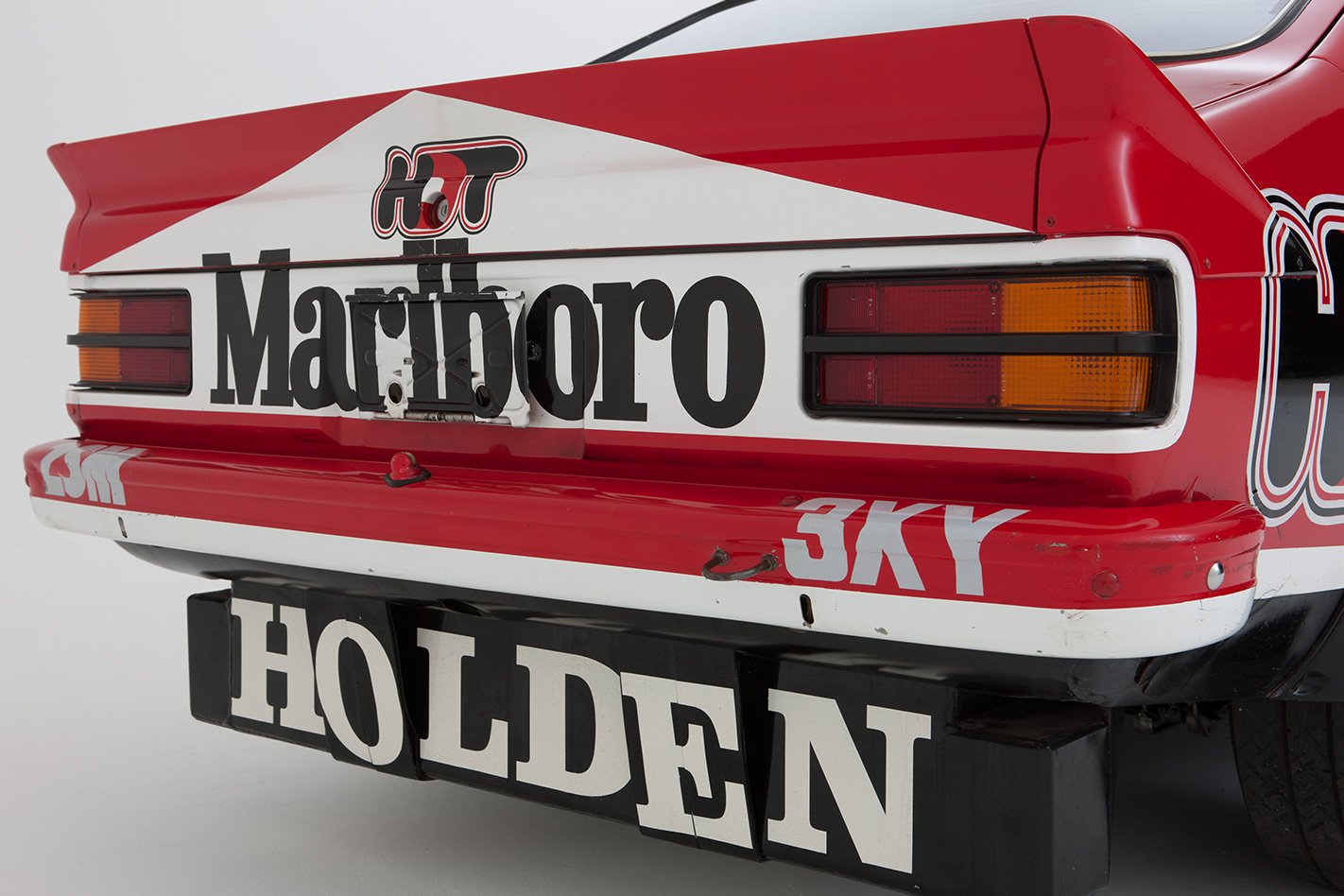
Ford’s demoralising one-two form finish at Bathurst in October ’77 – where Allan Moffat infamously ordered the second Falcon Hardtop to fall in behind his lead car which was suffering mechanical woes – hit the Holden camp hard.
In response to this crushing defeat, two key players joined the Holden Dealer Team which, in hindsight, transformed the outfit into a race-winning organisation whose halo of success shone over Brock’s HDT road-car operation of the 1980s.
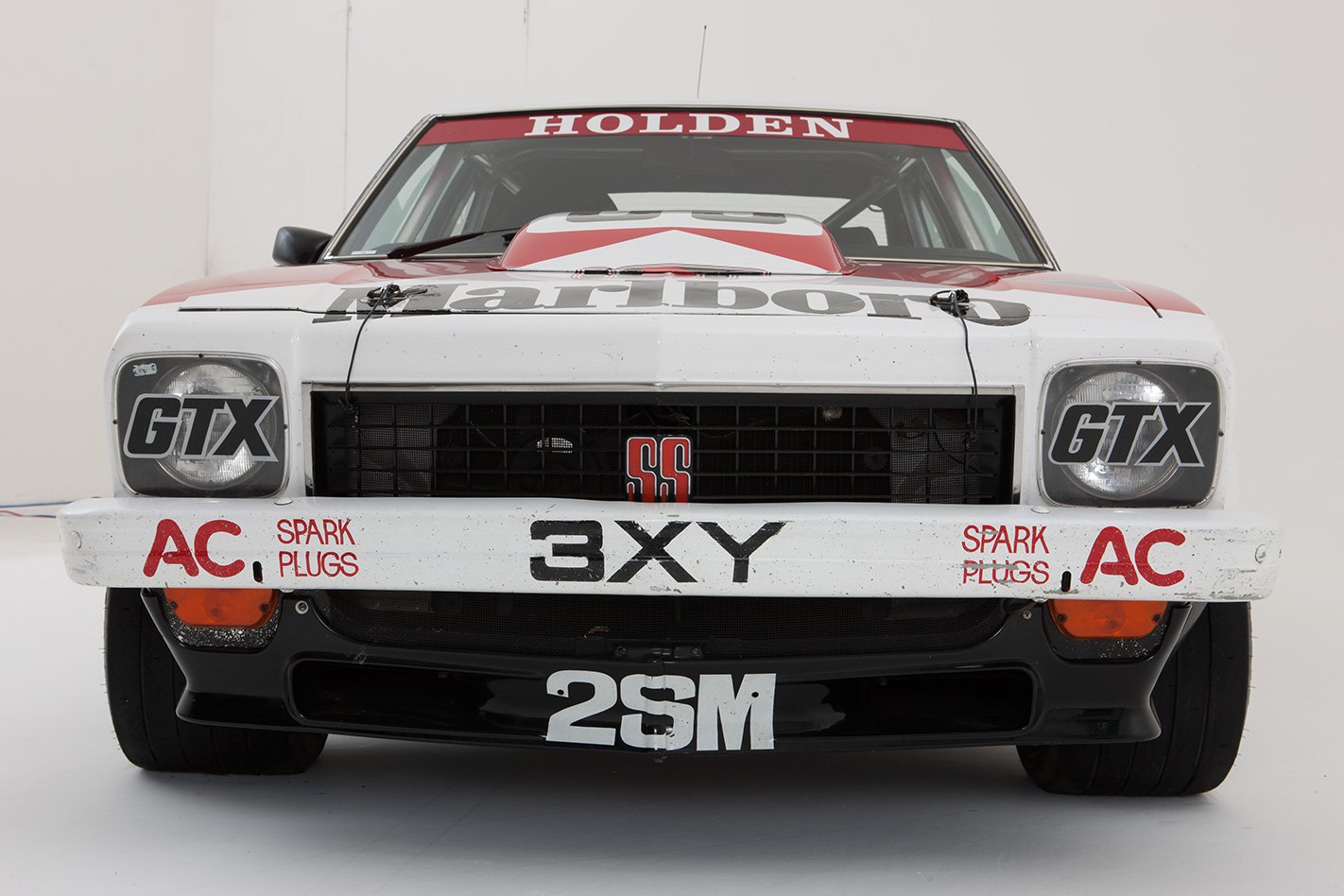
After winning the ’78 Australian Touring Car Championship, Sandown and Bathurst, the Torana A9X’s 1979 Bathurst performance was incredible. Peter Brock put the John Sheppard-prepared, Marlboro-liveried A9X on pole, more than two seconds ahead of Bob Morris, also in an A9X.
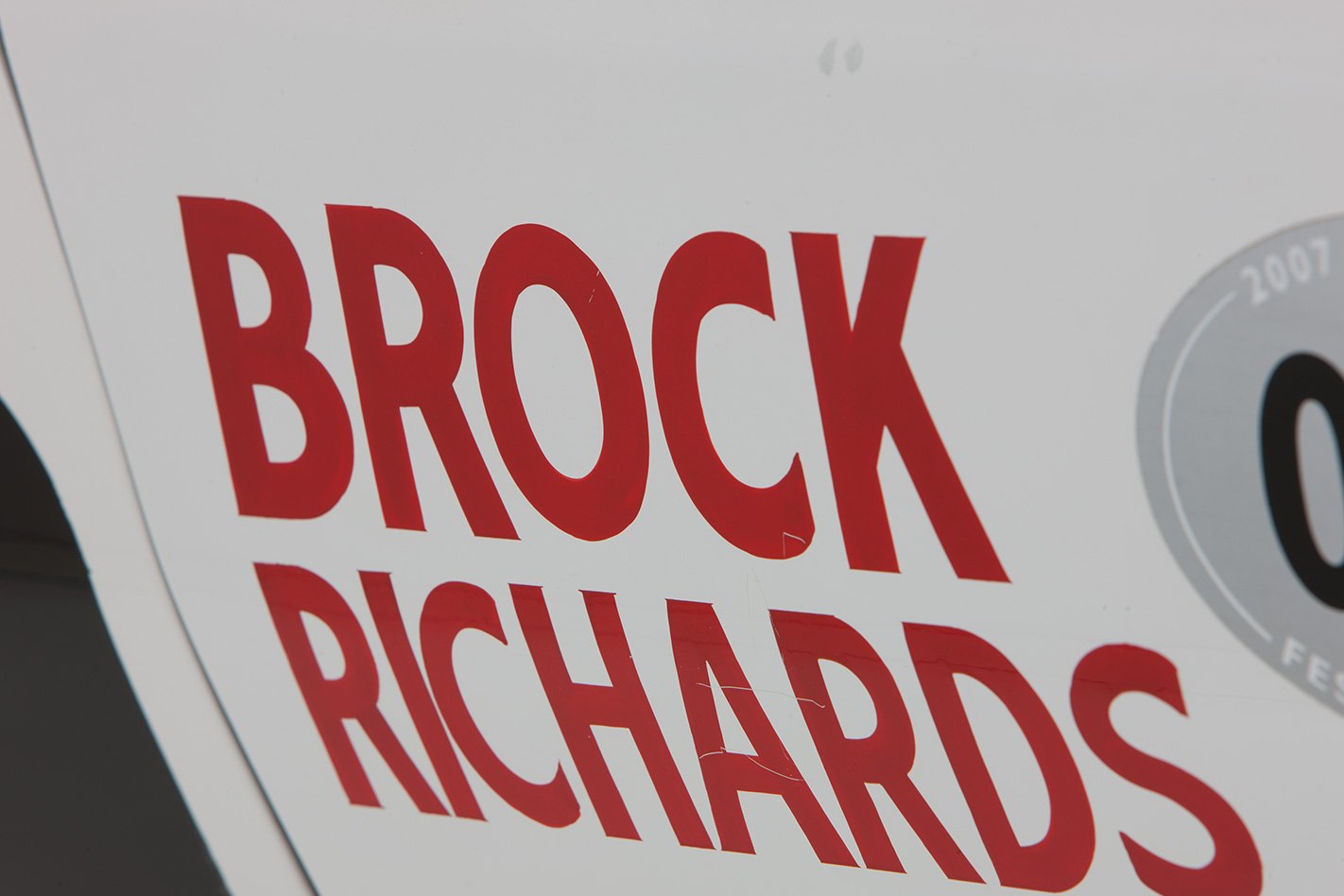
And the car slashed more than five minutes off the race record. Such domination was unprecedented and never repeated. The A9X’s performance on that day remains without peer.
And that’s what makes the iconic Holden Torana A9X the most formidable Aussie touring car of all.
ROYAL PURPLE PATCH
John Sheppard’s influence at HDT allowed it to achieve unrivalled success in touring-car history. Between 1978 and 1985, the team won six of seven Bathursts, two championships and an incredible seven consecutive Sandowns. Add the one-two-three victory in the 1979 Repco Round Australia trial, as well as Brock’s establishment of HDT Special Vehicles with the HDT VC Commodore in 1980, and you had an organisation boasting the nation’s best engineers and driving talent.
WHERE CAN I GET ONE? HOW MUCH?
Getting behind the wheel of an A9X is an expensive exercise. The muscle-car boom has seen values soar. Last year, a road-going A9X sedan was sold at a Shannons auction in Melbourne for the princely sum of $192,000. Ex-racecars in pieces command even more coin, but around $150K seems the norm for a road-going A9X, though you’ll have to hunt far and wide to find one. And don’t even think about the value of cars like the 1978 Bathurst winner you see here…
THE GOOD 1. Hero Status: Alongside the XY Falcon GTHO Phase III, the A9X is arguably Australia’s most legendary touring car. And it’s the car that Brock scored his most crushing victory in, too 2.The best of the bunch: The A9X is the Torana’s finest hour – the culmination of years of painstaking development by both racers and engineers. It’s the best Torana Holden ever produced 3. A good investment: The A9X has a permanent slot in Australia’s racing hall of fame, and with such a heritage, will hold its own in the dollar deals. If you’ve got one, you’re basically set for life
THE BAD 1. Park and perve: You wouldn’t buy an A9X as an everyday driver – they’re simply too valuable and probably too precious to insure. Today, it’s the sort of car investors and collectors buy 2. Proof of life: Proving your A9X is the real deal can be tough, as many race shells were fitted with the A9X stuff for competition, and as such don’t have the identifying numbers 3. Orginality: With many street machiners modifying LH/LX Toranas in the ’80s, and the A9X being a supreme racecar, finding a non-modified, factory-spec A9X is nigh impossible

